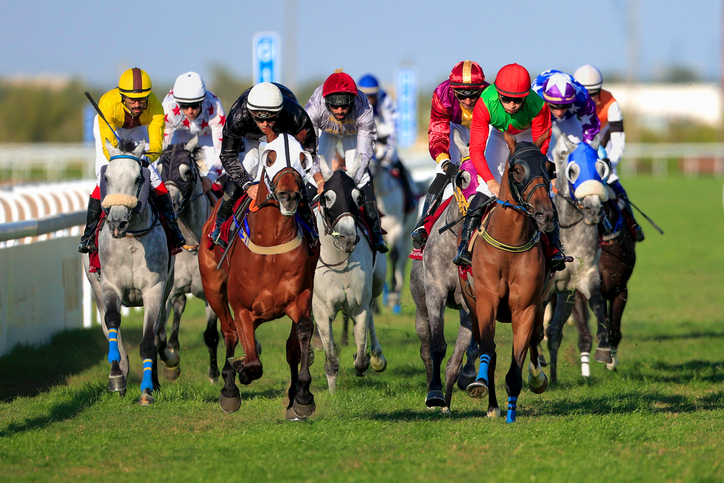Betting on horse racing remains hugely popular in this modern day, but for many, the days of picking the winners based on their own insights are a thing of the past.
Instead, data is now playing a bigger role than ever before when it comes to finding runners with the best statistical chance of being a winning play.
Still, research remains a vital part of the process when it comes to making bets on the horses, and that includes examining the welcome bonuses on offer, such as this one: current TwinSpires promotions
Still, how can analytics be used to give bettors an edge when making plays on horse racing?
What Analytics Are Important?
There are so many stats available when making bets on horse racing, and not all of it will be considered essential information before making plays. Therefore, it is important to purely focus on the analytics that could play a role in a horse out-performing their odds.
Analytics can be a hugely transformative tool if used correctly, as it could help pinpoint the runner that has all right stats required to win. But, going through the metrics is a first point of note for bettors.
What Metrics Should Be Considered?
Speed Figures
One of the best metrics to help pinpoint a runner that is set to run a big race is speed figures. In the U.S., Beyer Speed Figures and Brisnet Speed Ratings are available, with both typically ranking horses at the same level using different measurements.
Horses with high ratings are considered to be the best in the field, but there are also further aspects that should be taken into account.
Form in the Book
Speed figures are important to note, but they should be assessed in collaboration with the form in the book.
Horses with a proven rating over the same distance that they are set to run over should be marked up, while runners that have achieved lofty speed figures but are stepping up in distance would require further examination.
Bettors should also take into account the surface that their best form has been achieved over, as there is no direct link that a high-quality turf horse will perform to the same standard on the dirt. That was reflected in 2024, as City of Troy failed to fire on dirt debut in the G1 Breeders Cup Classic.

Trainer/Jockey Stats
While the form of the horse is very important to consider, it is also essential to take into account the strike-rates of trainers and jockeys.
Those that have underperformed over the last two weeks will indicate that the stable is out of form, and that could be detrimental to their chances of a winner in an upcoming race.
However, trainers in red-hot form will rank as a popular angle. Furthermore, bettors can also examine more specific stats relating to trainers, including their strike-rate with two-year-old runners and horses that are switching from dirt to turf or vice-versa. All of these could contribute to an interesting betting angle being discovered.
How to Use Analytics
Making use of the data is the next step to boosting your edge when making horse racing bets. After going through the stats, you will likely come down on one runner that you believe stands the best chance of being a winner.
But, placing the bet also revolves around completing research. This largely consists of trying to find the best odds for your selection, as the better odds you get, the more returns that you stand to win.
However, bettors should have a price in their mind that they are looking to take. If the odds are too short, then there is nothing wrong with overlooking a runner, as using data is all about finding the selection that you believe offers value in the market.
Why Use Analytics to Help Betting?
There are a lot of benefits that go hand in hand with using analytics to make horse racing bets. Most importantly, it helps the bettor to make well-informed decisions surrounding a race, which will enhance the chances of getting returns on your selection.
In comparison, it would be lazy of a bettor to simply side with a runner purely because they have a recent winner without delving deeper into the recent trainer/jockey form, and whether the selection has winning experience at the course it is running at.
Research is the most important part of betting on any sport, and it could help result in gaining returns in some of the world’s biggest races.
Furthermore, it can help bettors to find potential value, such as a 33/1 (+3300) winner in the Grand National, or a victor against an odds-on shot in the Kentucky Derby. Following the metrics will lead to a bettor enjoying long-term success when gambling on horse racing.





























































